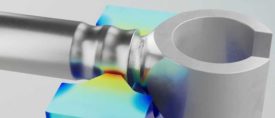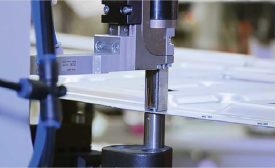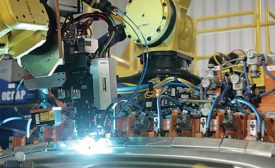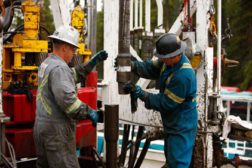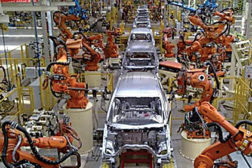Home » Keywords: » welding
Items Tagged with 'welding'
ARTICLES
The electric vehicle revolution is generating new interest in an old technology: magnetic pulse welding.
Read More
Manufacturing History Comes Alive in Pullman
Pullman perfected rail car production processes and pioneered the use of new materials.
November 2, 2021
Fasteners for Automotive Lightweighting
Hybrid welding-fastener processes join self-piercing riveting as the best technologies for automotive lightweighting.
October 17, 2017
New Techniques for Joining Steel and Aluminum
Lightweighting is forcing automotive engineers to explore cutting-edge technology.
April 11, 2017
Never miss the latest news and trends driving the manufacturing industry
Stay in the know on the latest assembly trends.
JOIN TODAY!Copyright ©2024. All Rights Reserved BNP Media.
Design, CMS, Hosting & Web Development :: ePublishing
